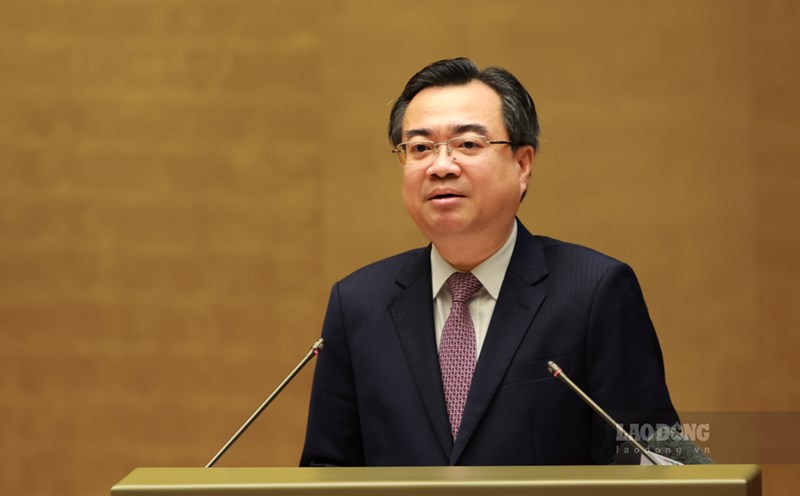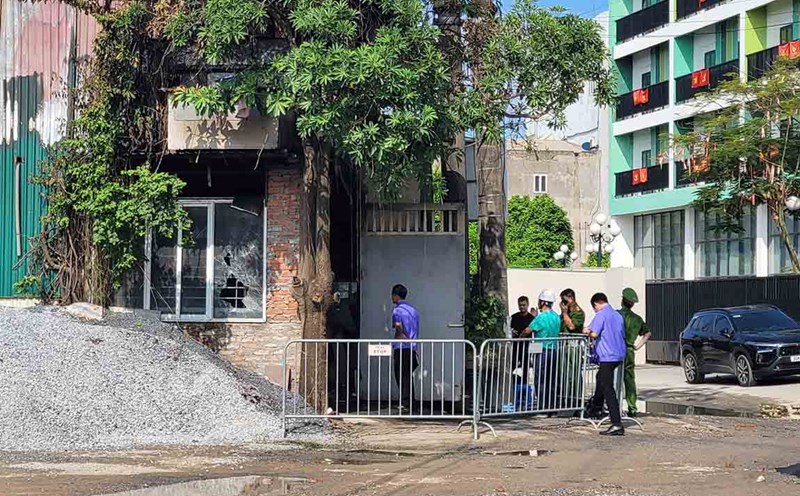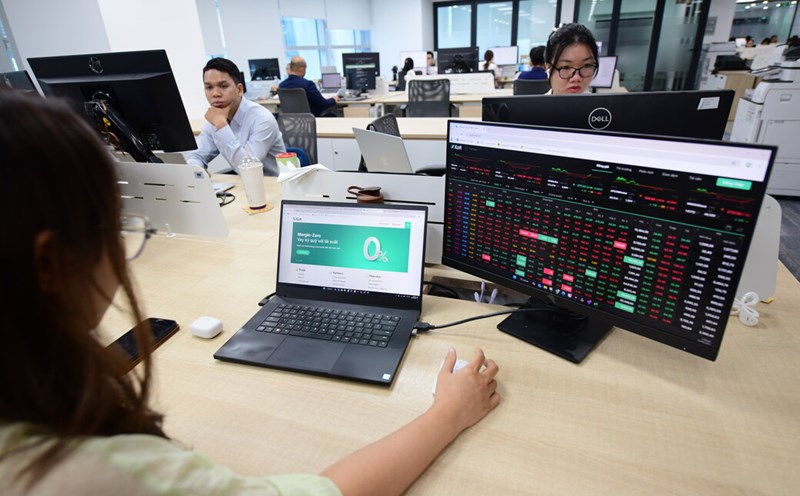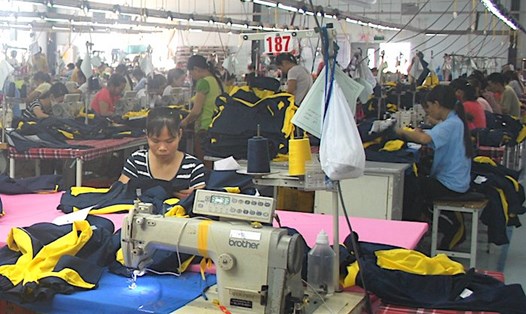bureaucratizing the entire port diagram
In 2022, Mr. Hoang Dinh Thanh returned to work at Hai Phong Port Joint Stock Company. Having held many positions such as ship controller, ship planner at the Production Management Center and currently a general operations officer of the Business Department, Mr. Thanh has always tried to fulfill assigned tasks well, constantly taking initiatives, improving, and providing optimal solutions in his work.
Regarding the initiative "Shopping and wharf planning software", Mr. Thanh said that previously, at the branches of Hai Phong Port Joint Stock Company, the work of planning wharves, including determining ship landfall points and arranging unloading means, was mainly done manually. The port diagram, marking the length of the ship, the location of the cranes... are all hand-painted on a whiteboard, continuously deleted - redrawed when the ship schedule changes. Although this work is familiar, it takes time and is easy to confuse, especially when there are many ships exploiting at the same time.
Once when welcoming a group of international visitors to Tan Vu Port, they wondered about a large port but did not have software to support the planning of the visual wharf. This motivates us to quickly create a more modern and intuitive support tool - not only to serve the work effectively, but also to enhance the professional image of the unit - Mr. Thanh shared.
Thinking is doing, Mr. Thanh started researching, software to support the planning of the wharf. The software is built in the Python programming language, using a Tkinter interface library combined with a pillow photo processing library. The main interface simulates the entire port diagram, dividing detailed markers by meter unit, along with the location of wire-catching devices, electrical cabinets, weekly calendarboards and brand logos.
Users can enter the information of the ship such as name, weight, length, then the software will display a simulated image of the ship corresponding to the correct length ratio. The software also fully integrates frontline loops, accurately simulating the range of operation of each crane based on the length of the power line. Optimal interface for large screen resolution, supporting chuot operations, easy to deploy internally without an internet connection.
Contributing to the digital transformation of businesses
Although there is no supporting technical team, no built-in mold, Mr. Hoang Dinh Thanh learned about programming Python, built coordinate conversion hams from field meters to display pixel, simulated towing logic, calculated train edge markers, crane operation areas and even dynamic image processing.
The creative process parallel to the implementation of professional work, Mr. Thanh spent many consecutive months to complete the initiative after more than 20 edits and handling the smallest errors in display. The software was tested for the first time at the Tan Vu port branch, Chua Ve. After more than 5 months of testing, the software has reached a stable level, ready to be deployed across the system.
The initiative has proven to be highly applicable and practical in the work of dieuading and planning the wharf. visualizing port diagrams helps planners easily check and adjust ship loading plans in complex situations, many ships enter the port at the same time. The arrangement of ships no longer has to rely on emotion but must become scientific, transparent, and can be clearly explained to the parties involved. The economic efficiency of the initiative is 250 million VND/year.
With this initiative, Mr. Hoang Dinh Thanh is honored to receive the Creative Labor Certificate in 2024 from the Vietnam General Confederation of Labor for the first time.








